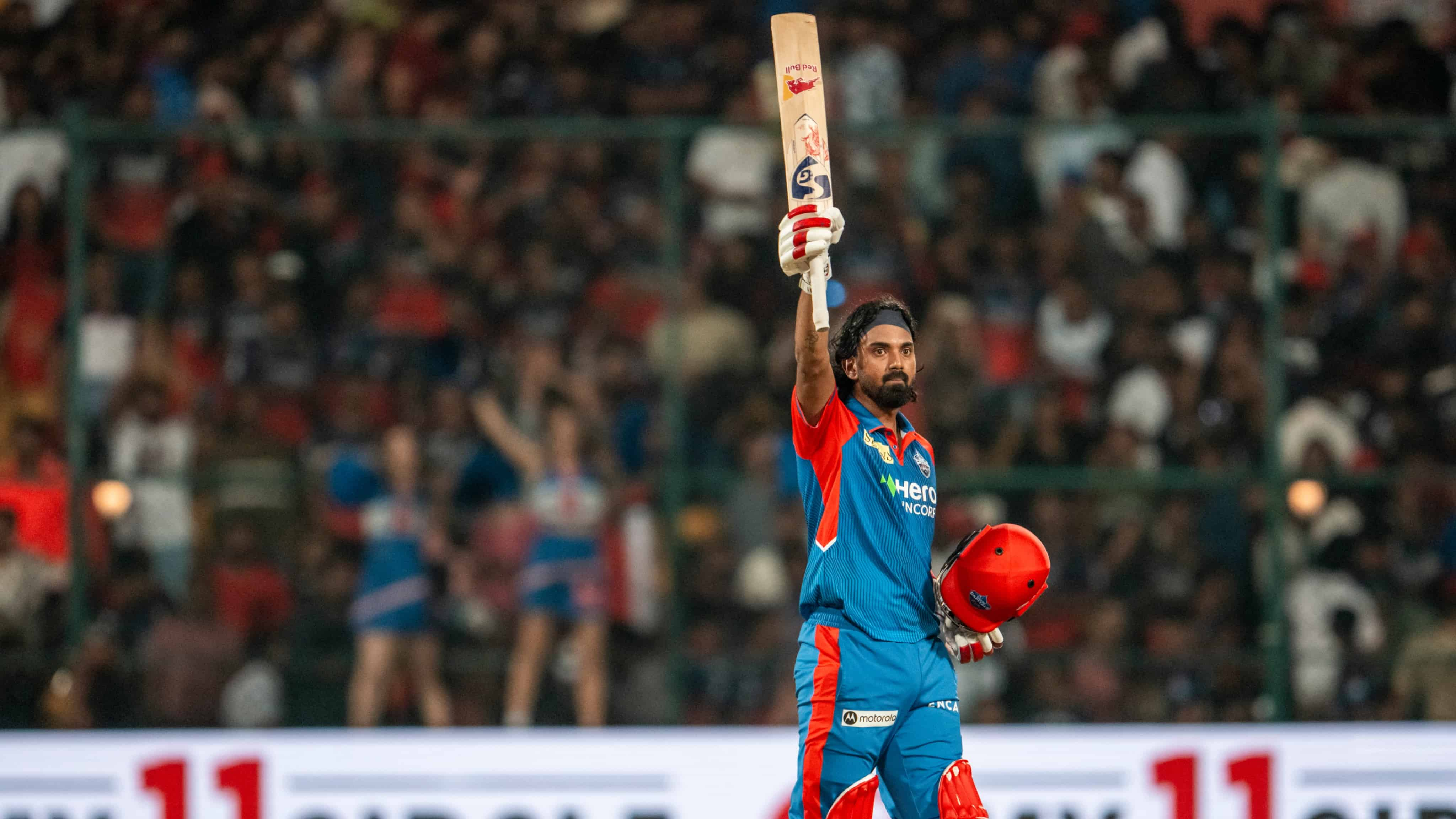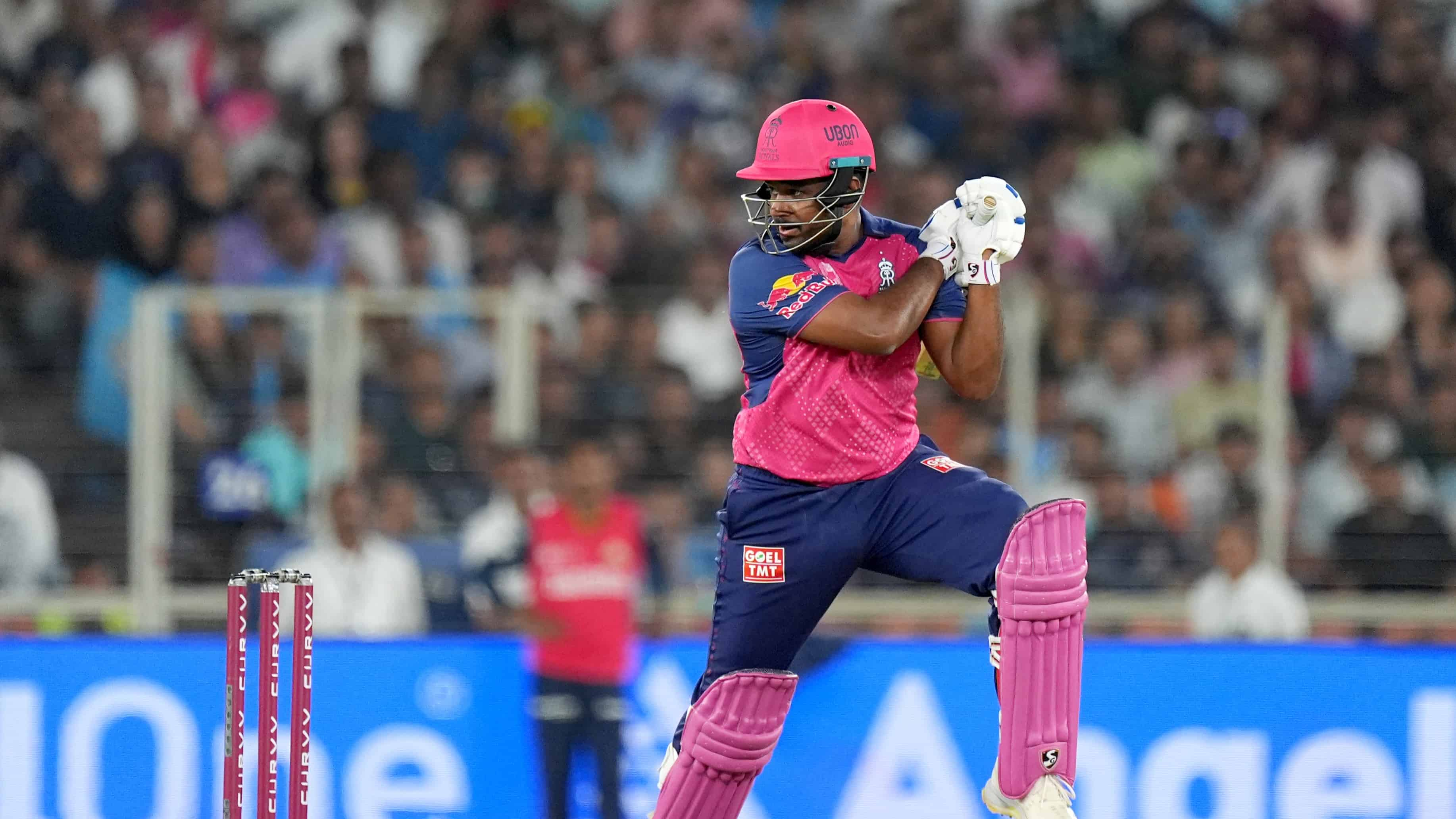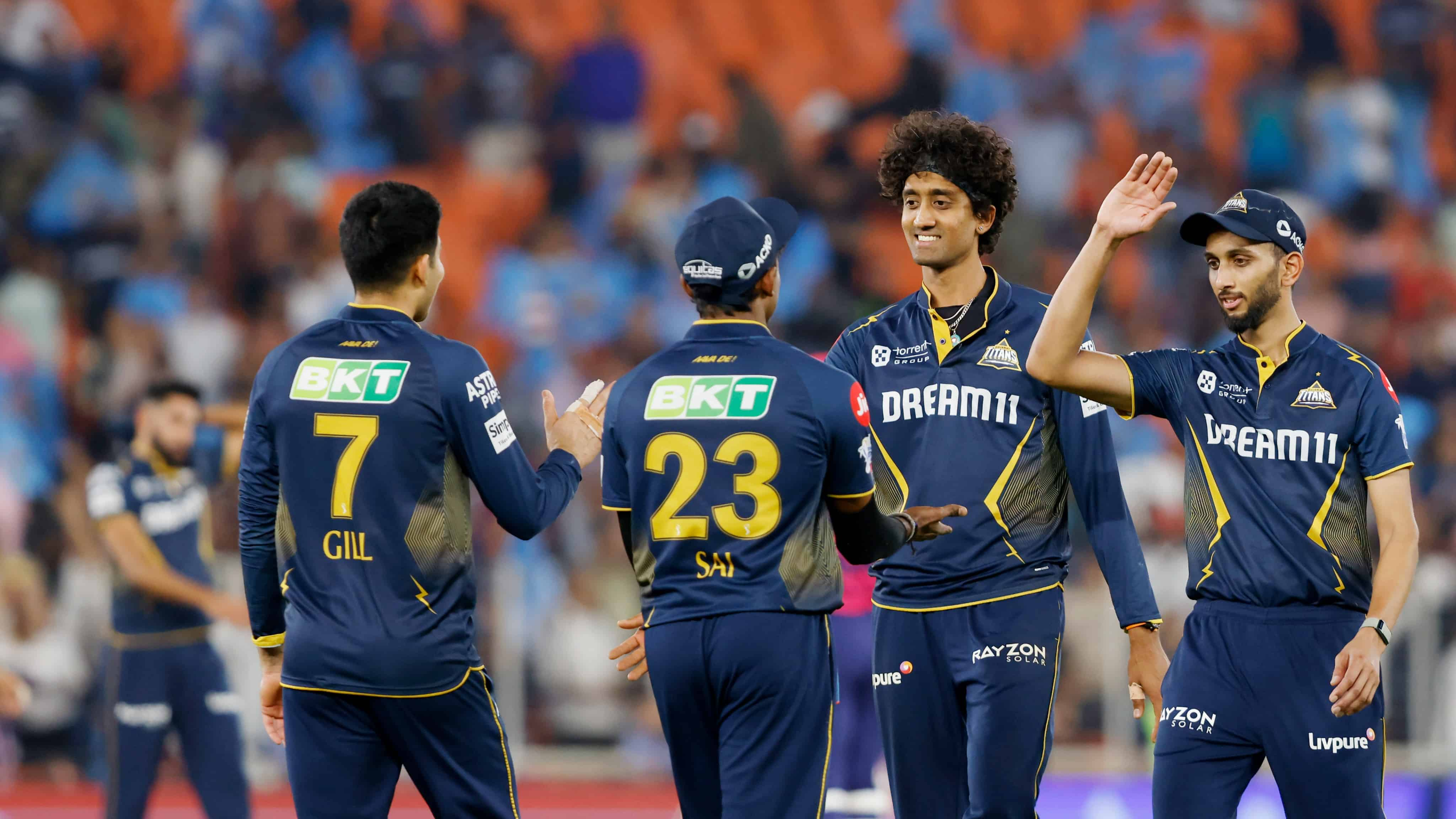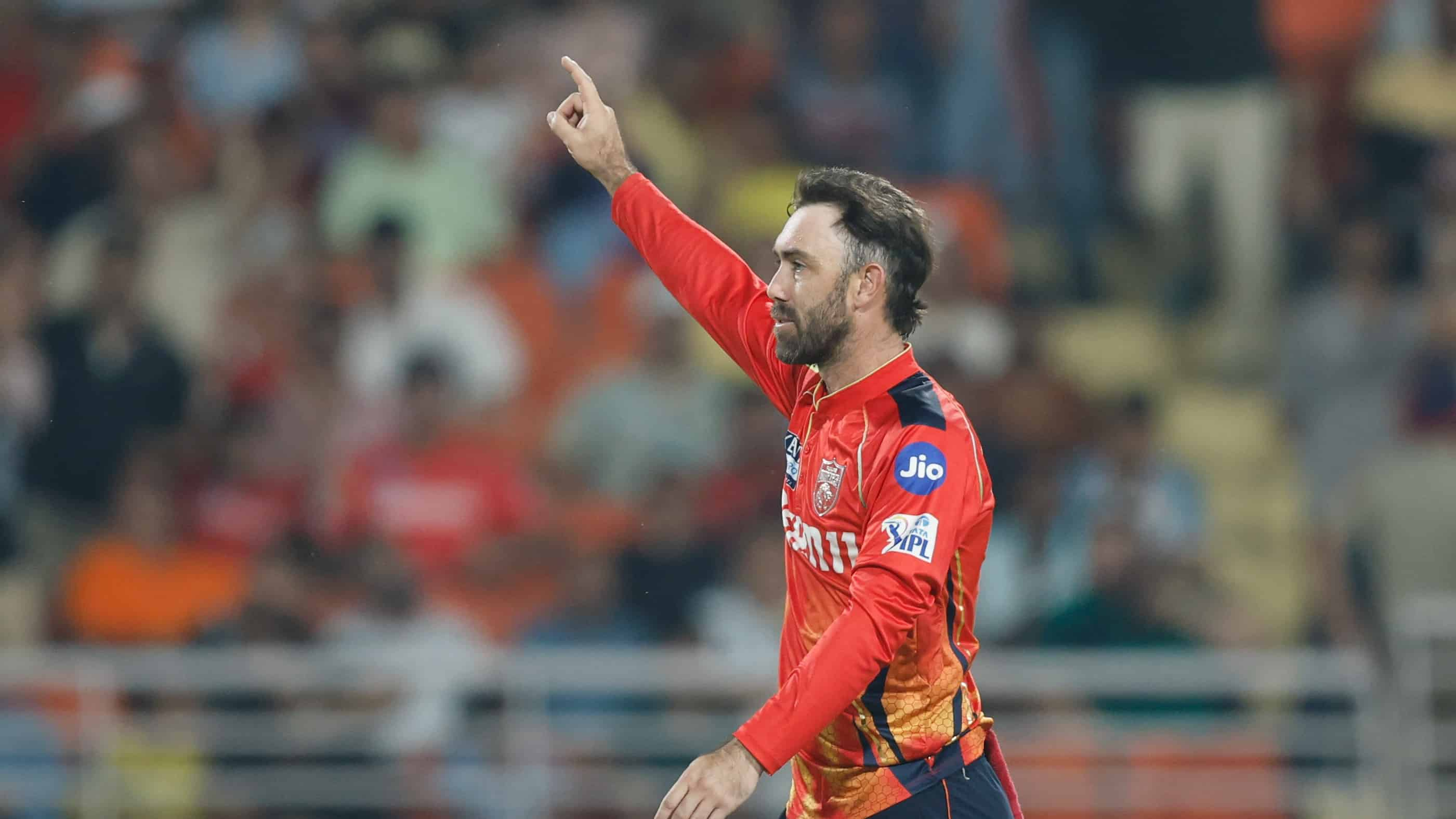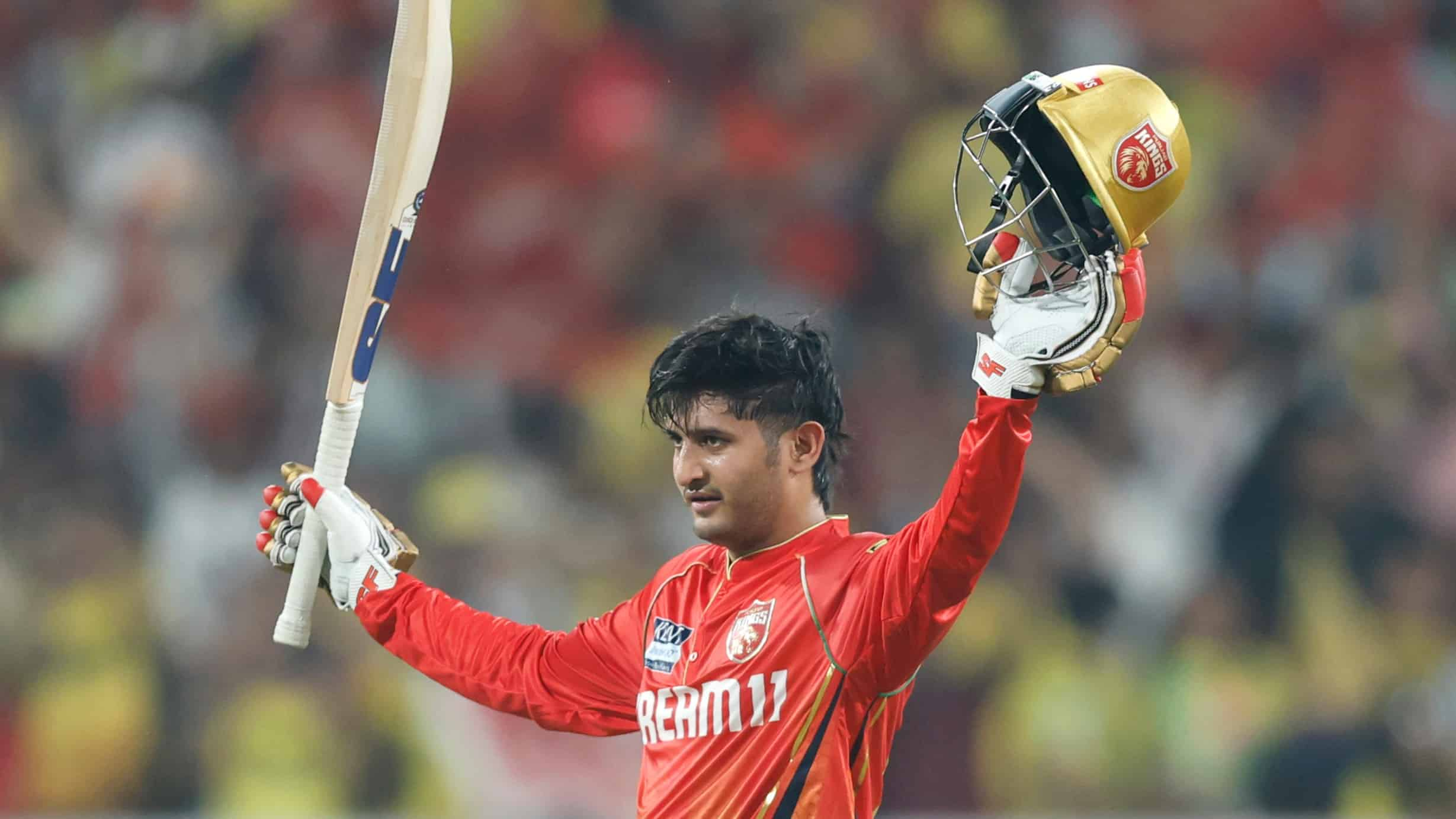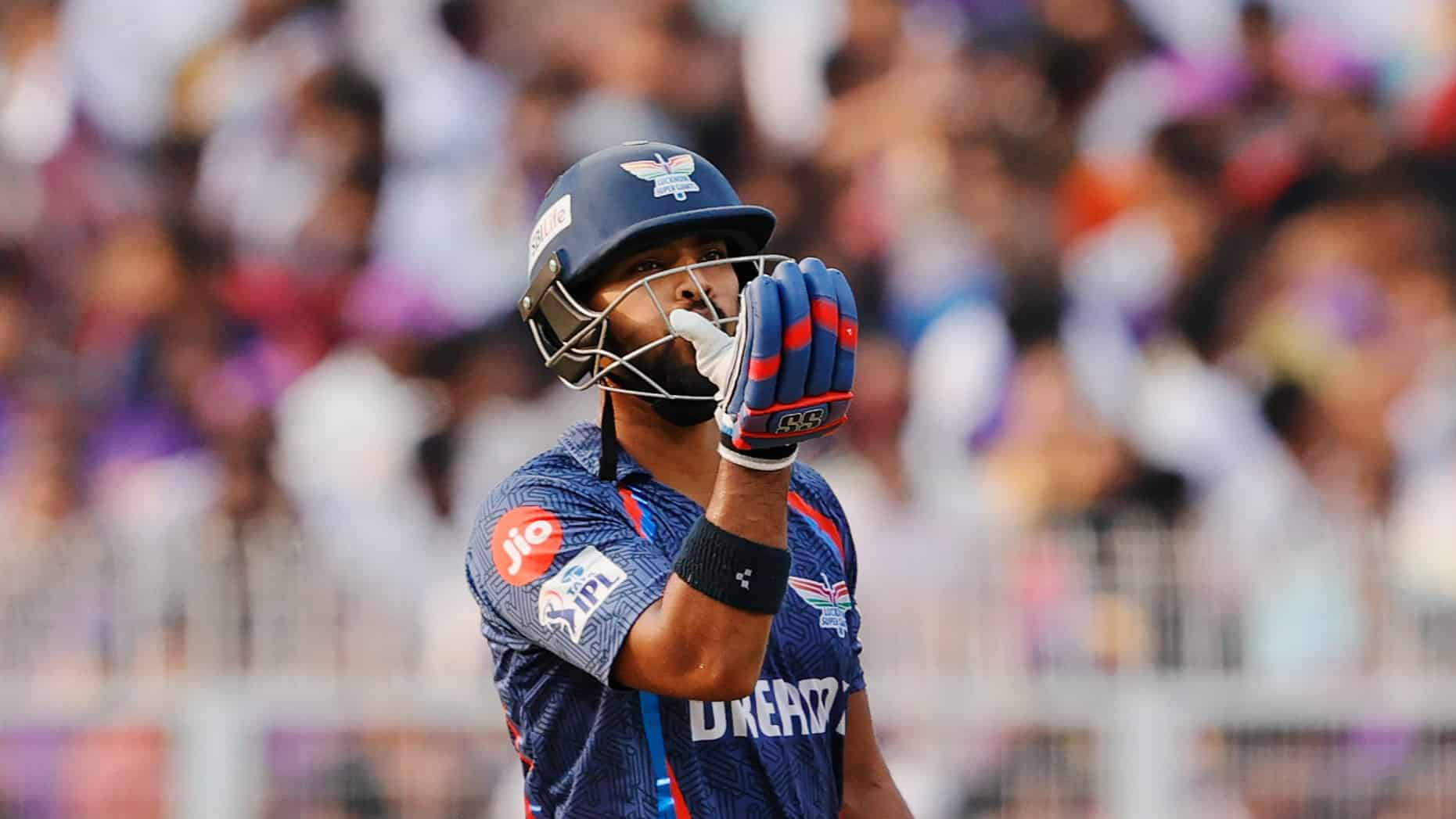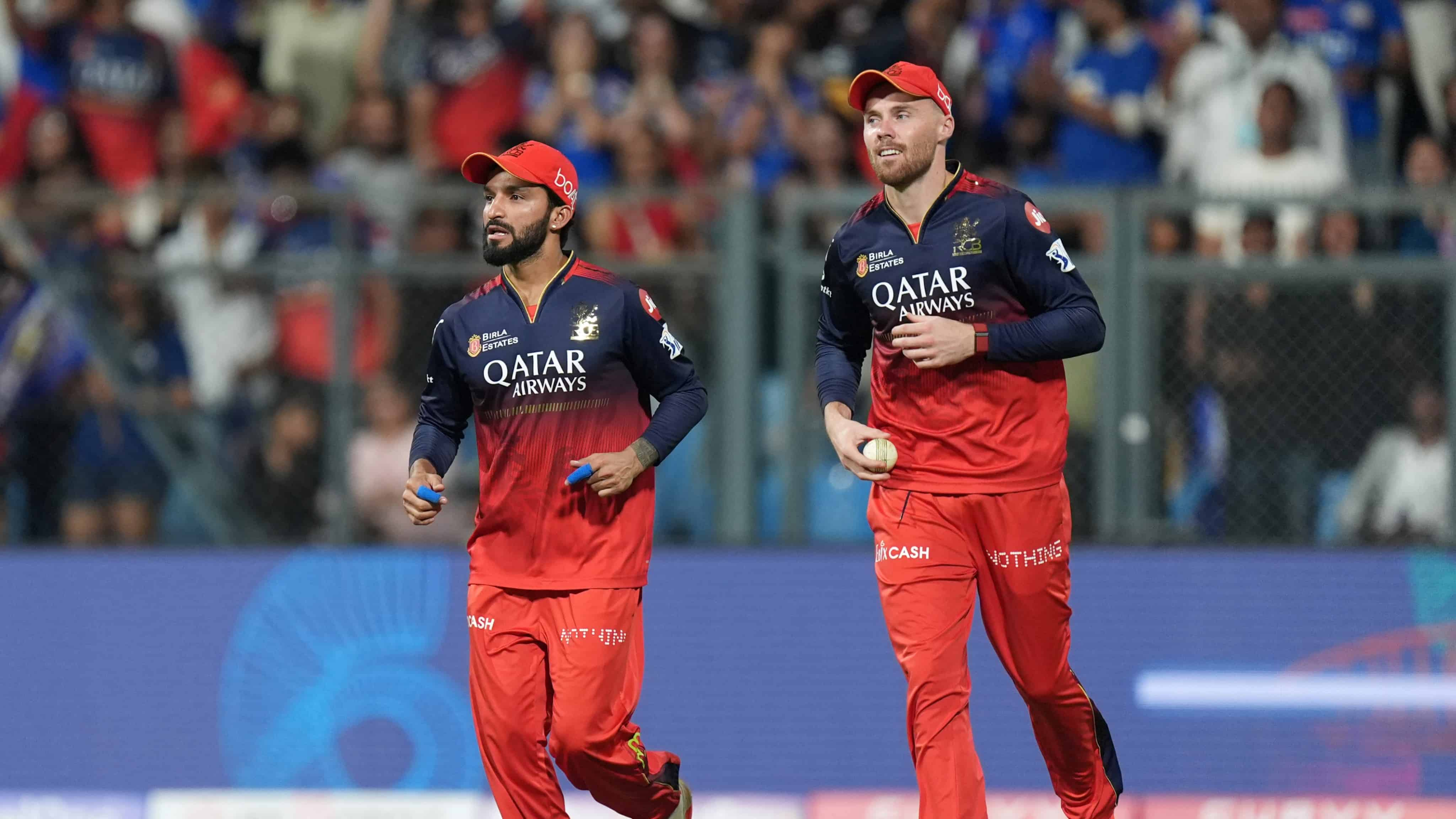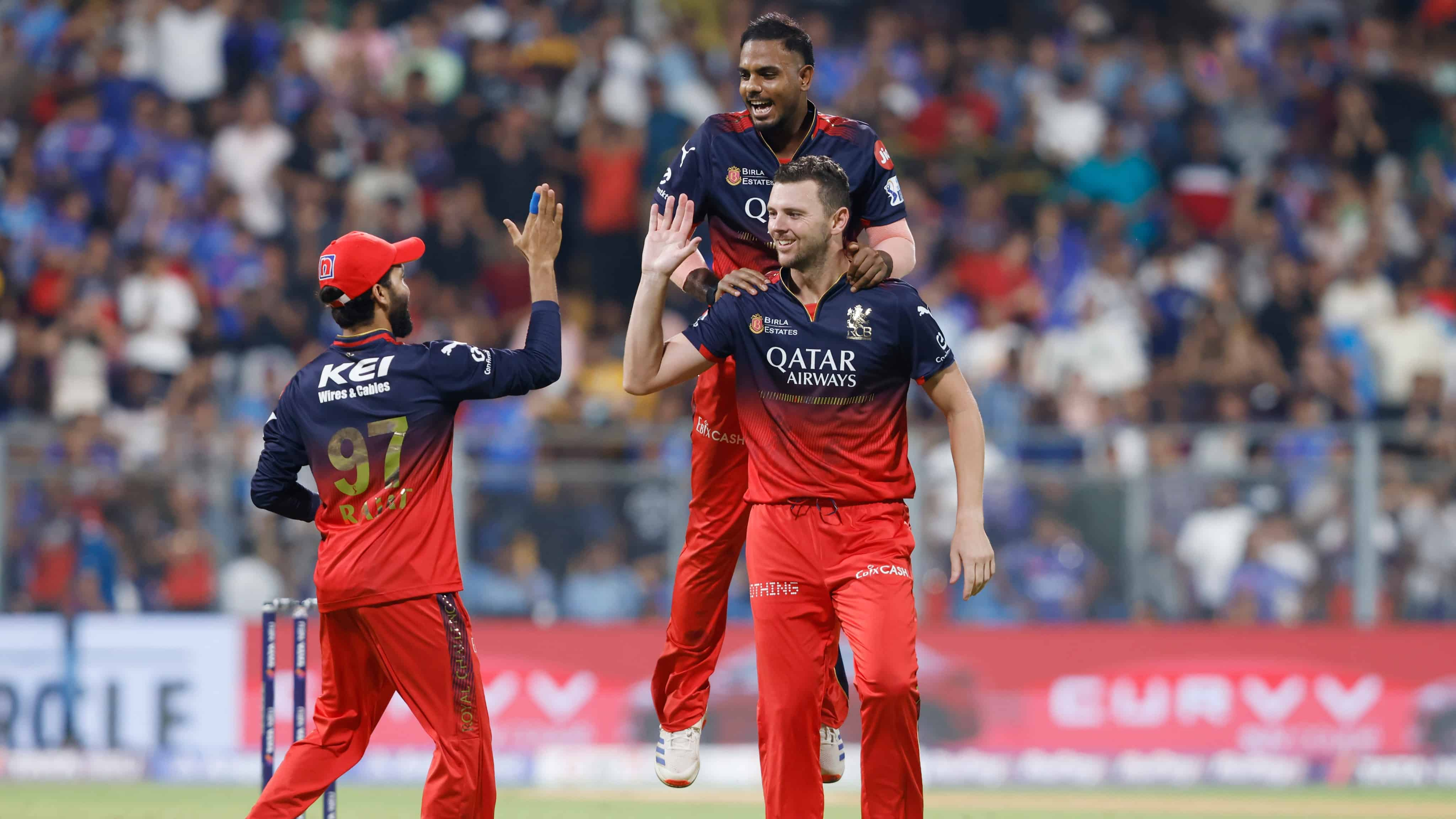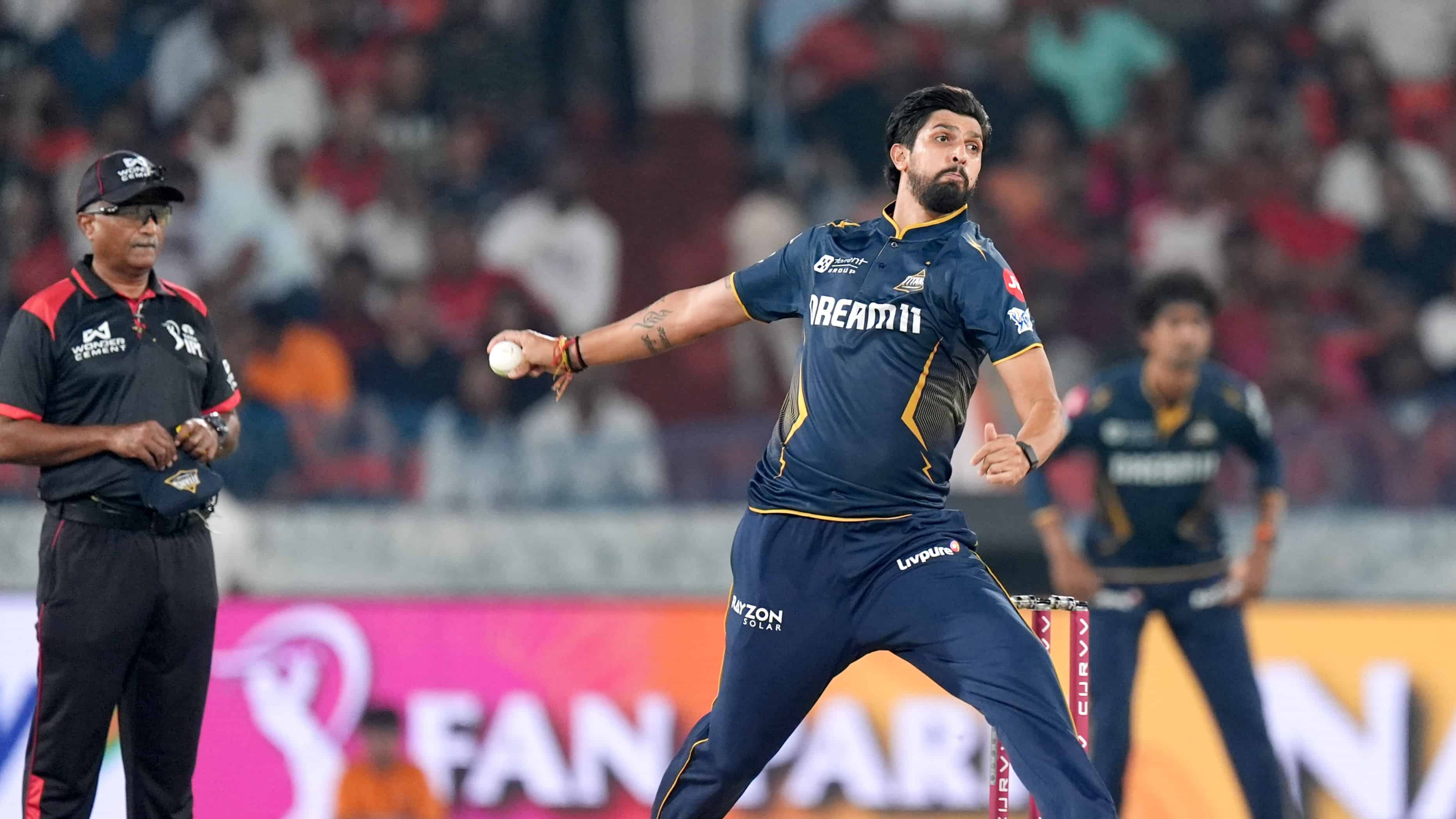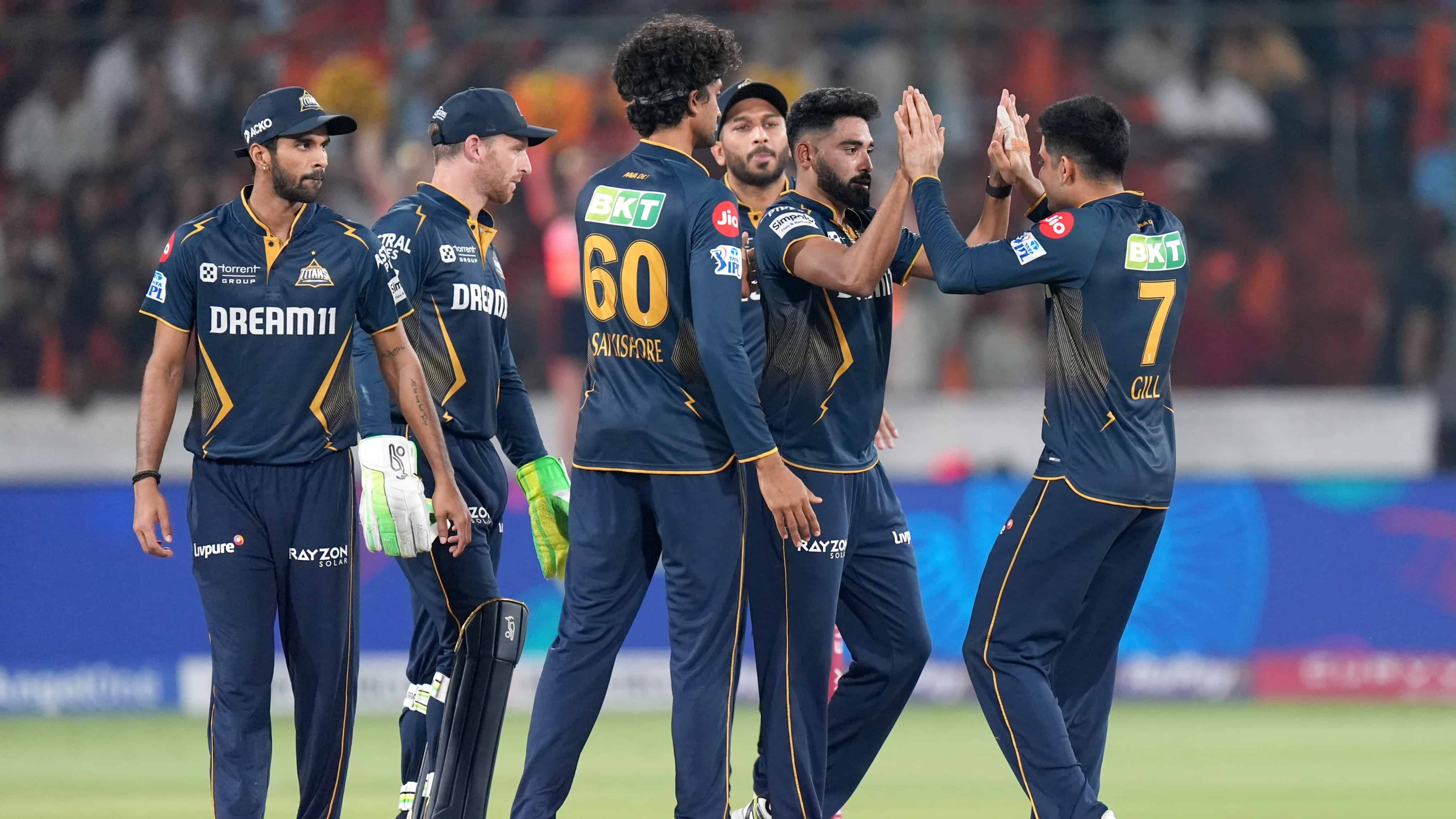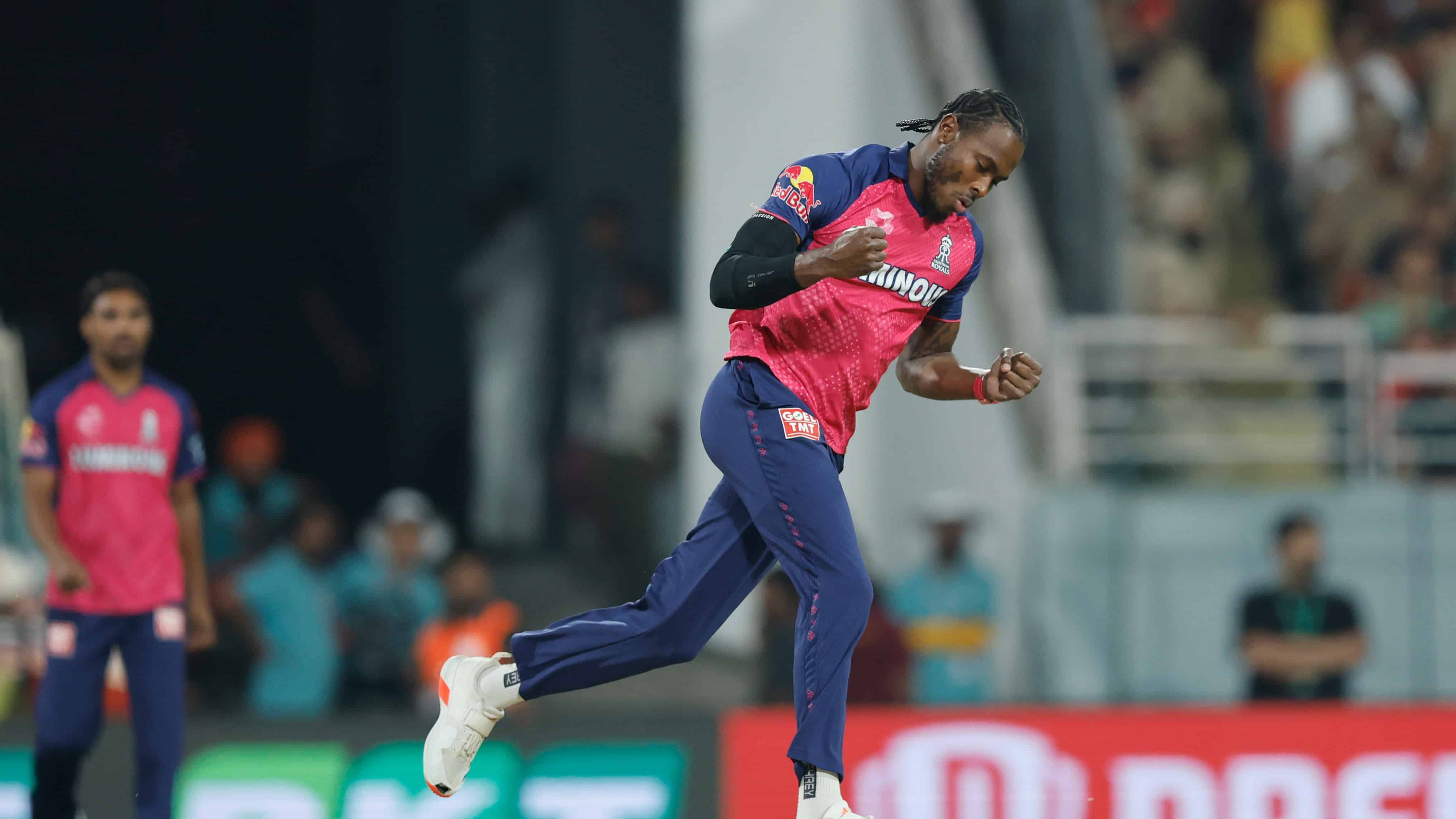Two wickets in first six overs was key: Bhuvneshwar Kumar
08 May, 2015
Two wickets in first six overs was key: Bhuvneshwar Kumar
07 May, 2015
While the batsmen had set up the game for the Sunrisers Hyderabad by setting the Rajasthan Royals a 202-run target, the bowlers put in an equal contribution to pull off the much needed win in Mumbai. Leading the attack, Bhuvneshwar Kumar got the prized wicket of Ajinkya Rahane and then returned to claim James Faulkner and Sanju Samson in the latter part of the innings. Chris Morris had swung his bat to get 22 of the 19th over, leaving Bhuvneshwar Kumar 18 to defend in the final over. The pacer held his nerve to bowl SRH to victory.
Speaking to iplt20.com after the seven-run win, Bhuvneshwar said that two wickets upfront helped to tilt the balance in SRH’s favour, and later removing Faulkner was vital to claiming a victory.
Excerpts:
You won the contest with Ajinkya Rahane once again. How do you get it right?
With Ajinkya it’s necessary to get the execution absolutely right because he is the kind of batsman who doesn’t go after you but if you give him a loose delivery he will hit it. My plan was just to get him out with the new ball with the Test match line and length. I am happy to have got him out.
It’s a process. I know what his strength is and he knows what mine is. So it’s a game of patience and I am happy to win that.
In context of today’s match, his wicket was crucial to beat RR. How had the team planned?
It was a key to get him out because he is the kind of batsman who will play till the last (and take the game). It was necessary to get two wickets in the first six overs and we are pretty happy that we did that. I will say that two wickets in the first six overs was the key.
How different is bowling upfront and then in the death?
It’s different (in the way that) with the new ball the batsmen play normal cricket shots. You can’t afford to bowl loose balls, especially with Ajinkya and Shane Watson. They are the kind of batsmen who will always look for the loose deliveries. They hardly go after you with rash shots but in death bowling you have to plan really well because batsman can play any shots like a scoop or reverse sweep; so you have to make plans accordingly. And especially their batsmen like James Faulkner, who can hit a low full toss. We knew that till Faulkner is there the game will be tight. So his wicket was very crucial for us.
What were you thinking when you came in to bowl the last over?
I was thinking whatever I bowl, whether it is a slower ball or yorker, I was thinking about the process. My focus was on bowling the first three balls really good.
How has it been leading the bowling attack in T20? You are the team’s leading wicket-taker.
You have to take the responsibility, especially when you are the leading wicket-taker for a team. You always want to take wickets; that’s how you win games in T20, especially against a batting lineup like the Rajasthan Royals and other such sides. I always look to take wickets, especially on these kind of wickets. There was help initially and later on what you try to do is just try to get your things right. If you get it right, you get your wickets.
The wicket seemed good for batting as well. A target of over 200 was almost chased down.
Initially, in the first two-three overs the ball was swinging so I would say that the first two wickets was key for us. But yes, after four overs, it became good for batting. You can see that from the way the match went: in the last four overs, more than 60 runs were scored. We knew that the match isn’t over till the last ball, so we were preparing that way.
Personally how did you prepare coming into the tournament after a bit of a lay-off?
I had to work had as it is not easy to comeback. I knew I had to work hard. I knew in T20 it would be difficult to comeback if my first two matches don’t go well. So it was necessary for me to prepare for that. I spent a lot of time with the physio and trainer for that.
I worked on every aspect of the game, especially my bowling skills. We knew that IPL is the next thing so I was preparing for both – for bowling with the new ball and bowling in the death overs. Everyone says that death bowling is very important but I feel that in T20 new-ball bowling is as important as bowling in the end overs because if you give runs in the first few overs you will be under pressure in the death overs. And if you take wickets in the first six overs your morale will be high while bowling in the death overs.
Who have you been working with for your skills?
When I am back at home I work with my coach. You always need someone who can tell you what you are doing wrong or when you are doing something wrong or right. Someone who has been with you since your childhood, he will know better what you have been doing. So whenever I go practice at home I work with my coaches – Bipin Vats and Sanjay Rastogi.
How was it been spending time with Dale Steyn and Trent Boult?
It was been fantastic. I have learnt a lot from them. There are the small things which you can pick from them and what they have suggested during the game has been crucial for me. And in the nets, we spend a lot of time talking to each other.
You are playing with Praveen Kumar again. What is it like?
It is amazing spending time with him. Both on and off the field he is a lively character. I have learnt a lot from him and I am learning a lot from him. I have picked a few points from Dale and Boult, but with him we are same kind of bowlers, so there is much more to learn from him.
How different is it bowling in T20?
You have to get your lengths right. You have to be spot on in each and every delivery. And if you go for runs how you make a comeback (is important). T20 teaches a lot to everyone.



